Ultimate Guide to Choosing the Perfect Dimmable Led Light Bulbs for Your Home
In today's modern homes, lighting plays a crucial role in setting the ambiance and enhancing the overall aesthetic. One of the most versatile options available is Dimmable Led Light Bulbs, which not only provide energy-efficient illumination but also allow you to control the brightness to suit any occasion. Whether you're hosting a dinner party, enjoying a quiet evening, or simply illuminating your workspace, selecting the right lighting can make all the difference. However, with countless options on the market, choosing the perfect dimmable LED light bulbs can feel overwhelming. This ultimate guide is designed to simplify that process, offering essential tips and insights to ensure you find the ideal bulbs that meet your needs and preferences. From understanding color temperatures to compatibility with dimmer switches, we’ll cover all the key factors to help you transform your living spaces into beautifully lit environments.
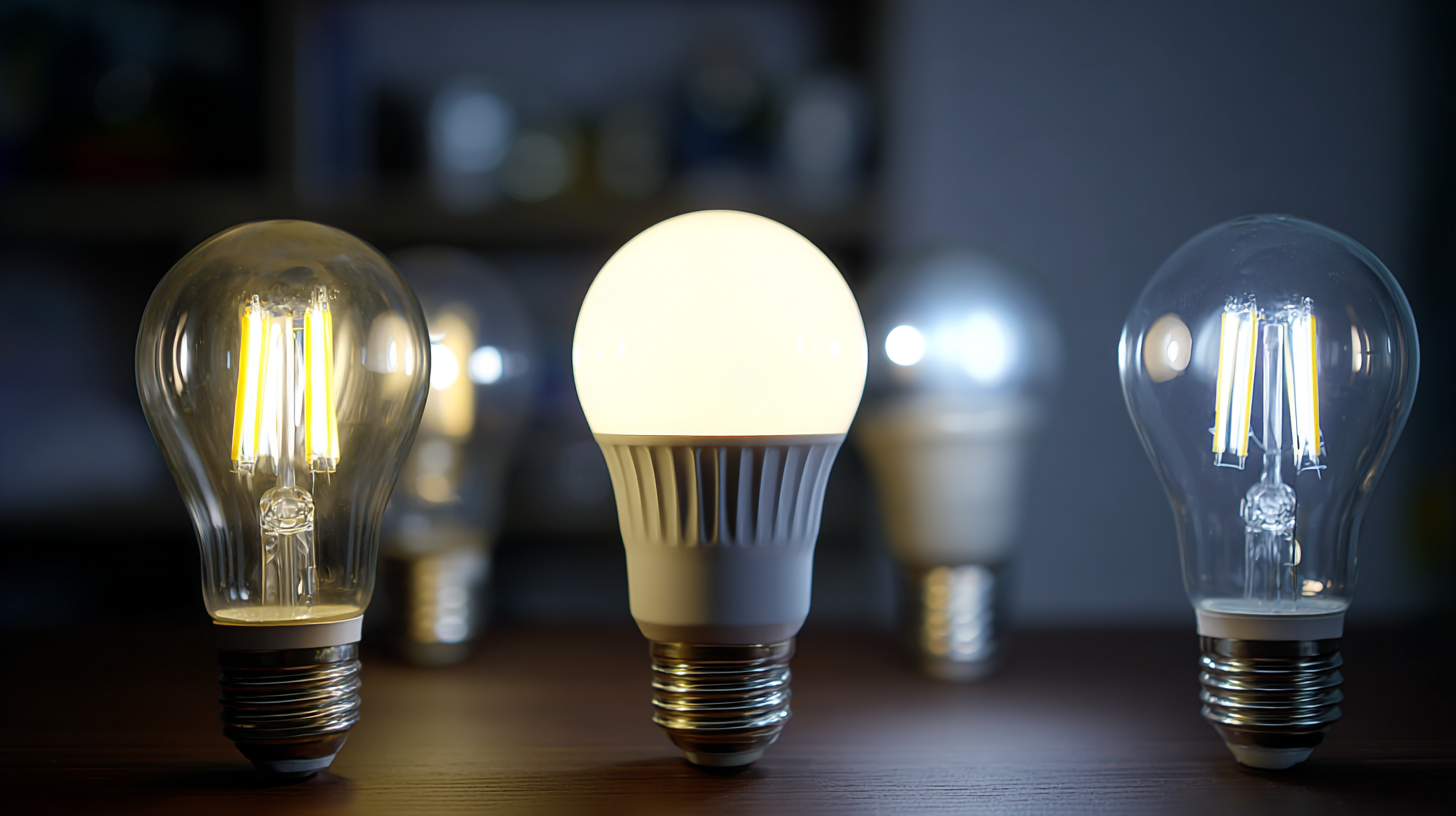
Understanding Dimmable LED Light Bulbs: Key Features and Benefits for Home Use
When it comes to enhancing the ambiance of your home, selecting the right dimmable LED light bulbs is crucial. These bulbs offer remarkable versatility, allowing you to adjust brightness levels according to the time of day or activity. Unlike traditional bulbs, dimmable LEDs consume less energy while providing an impressive range of luminosity. This means you can set a cozy atmosphere for movie nights or a vibrant glow for gatherings, all while reducing your electricity bill and minimizing environmental impact.
Key features to consider include compatibility with your existing dimmer switches, color temperature, and lumen output. Not all LED bulbs are designed to work with every dimmer, so it's essential to choose those specifically labeled as dimmable. Additionally, the color temperature affects the mood; warmer tones yield a relaxing environment, while cooler tones can boost concentration and focus. Opting for bulbs with adjustable lumen output gives you further control over brightness, ensuring that each room meets your specific lighting needs. Embracing dimmable LED technology not only elevates your home’s aesthetics but also promotes a more energy-efficient lifestyle.
Evaluating Brightness and Efficiency: How to Choose the Right Lumens and Watts
When selecting the perfect dimmable LED light bulbs for your home, understanding lumens and watts is critical for achieving optimal brightness and energy efficiency. Lumens measure the amount of light emitted, while watts indicate energy consumption. According to the U.S. Department of Energy, a standard 60-watt incandescent bulb emits approximately 800 lumens, while an equivalent LED bulb can produce the same brightness using only 8 to 12 watts, making LEDs significantly more energy-efficient.
Furthermore, the concept of lumens per watt (lm/W) is essential in evaluating bulb efficiency. The DOE reports that the average LED bulb has a luminous efficacy of around 80 lm/W, while traditional incandescent bulbs average only about 15 lm/W. This stark contrast indicates that not only do LEDs provide ample light, but they also help reduce energy costs over time. For optimal performance, consider the specific lighting needs of each room; warmer bulbs (2700K-3000K) are ideal for cozy areas, while cooler bulbs (4000K-5000K) work well for task lighting. By carefully evaluating both brightness and efficiency, homeowners can make informed choices that enhance their living spaces while promoting sustainability.
Ultimate Guide to Choosing the Perfect Dimmable LED Light Bulbs for Your Home - Evaluating Brightness and Efficiency
| Type of Bulb | Lumens (Brightness) | Watts (Power Consumption) | Estimated Lifespan (Hours) | Color Temperature (Kelvin) |
|---|---|---|---|---|
| Soft White | 800 | 9 | 15,000 | 2700 |
| Bright White | 1100 | 13 | 10,000 | 3000 |
| Cool White | 1600 | 15 | 25,000 | 4000 |
| Daylight | 2500 | 18 | 22,000 | 5000 |
Exploring Color Temperature: Finding the Perfect Ambiance with Kelvin Ratings
When selecting the perfect dimmable LED light bulbs for your home, understanding color temperature is crucial for creating the desired ambiance. Measured in Kelvin (K), color temperature can significantly influence the mood of a room.
Warm white lights, typically around 2700K to 3000K, foster a cozy, inviting atmosphere ideal for living areas and bedrooms. In contrast, cooler white lights, which range from 4000K to 5000K, can enhance focus and alertness, making them suitable for workspaces or kitchens.
Recent research highlights the importance of lighting in relation to human health. Exposure to certain color temperatures at night can disrupt sleep patterns and contribute to mood disorders. Therefore, selecting dimmable lights that allow for adjustments throughout the day can help mitigate these effects, creating a balanced environment that supports both well-being and functionality. By choosing the right Kelvin rating, you can customize the ambiance to suit various activities, from relaxing evenings to productive mornings.
Compatibility Matters: Ensuring Your Fixtures Work with Dimmable LEDs
When selecting dimmable LED light bulbs for your home, compatibility is crucial. Not all fixtures are suitable for use with dimmable LEDs, and using the wrong combination can lead to flickering, buzzing, or even damage to your bulbs. According to a 2022 report by the American Lighting Association, around 25% of homeowners face issues due to incompatible fixtures when switching to LED technology. Ensuring that your dimmer switches are rated for LEDs is essential; many older dimmers designed for incandescent bulbs may not handle the lower wattage and energy efficiency of LEDs effectively.
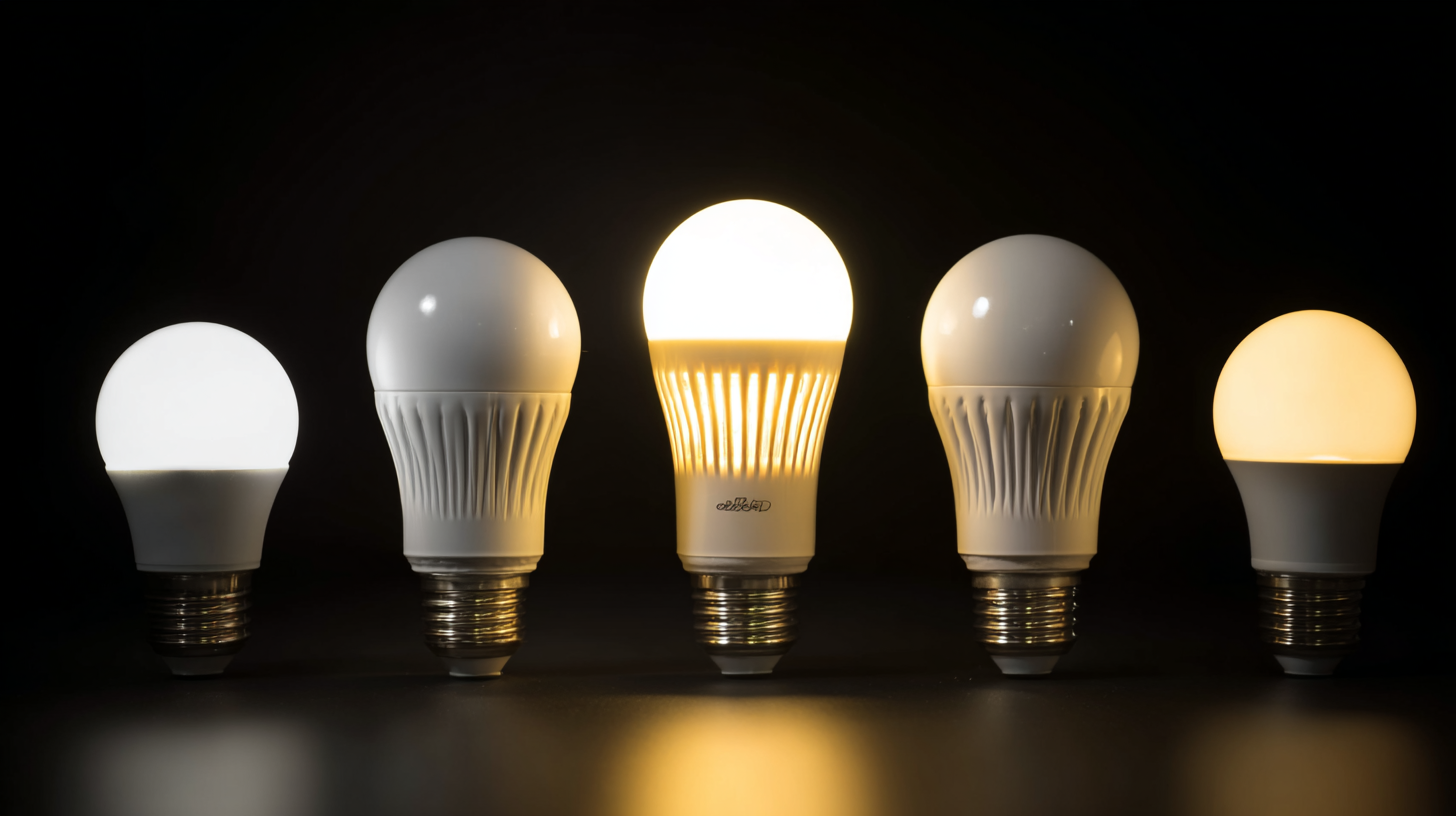
Moreover, recent studies by the Department of Energy indicate that the right combination of dimmable LEDs and compatible fixtures can lead to significant energy savings, estimated at around 20% to 50% compared to traditional lighting solutions. This means not only enhanced ambiance when you can adjust brightness to your liking, but also a decrease in your energy bills. When shopping, look for bulbs that clearly state "dimmable" and check manufacturer specifications for both the bulbs and your fixtures to guarantee seamless integration. Balancing aesthetic choices with technical requirements is the key to optimizing your home lighting experience.
Installation Tips and Best Practices for Optimal Performance of Dimmable Bulbs
When it comes to installing dimmable LED light bulbs, following best practices ensures optimal performance and longevity. According to the U.S. Department of Energy, LED lights use at least 75% less energy than incandescent bulbs, making them a cost-effective choice for residential lighting. However, to harness the full benefits, it is crucial to use compatible dimmer switches. A study by the Lighting Research Center indicates that incompatible dimmers can lead to flickering or buzzing sounds, undermining the smooth dimming experience that homeowners desire.
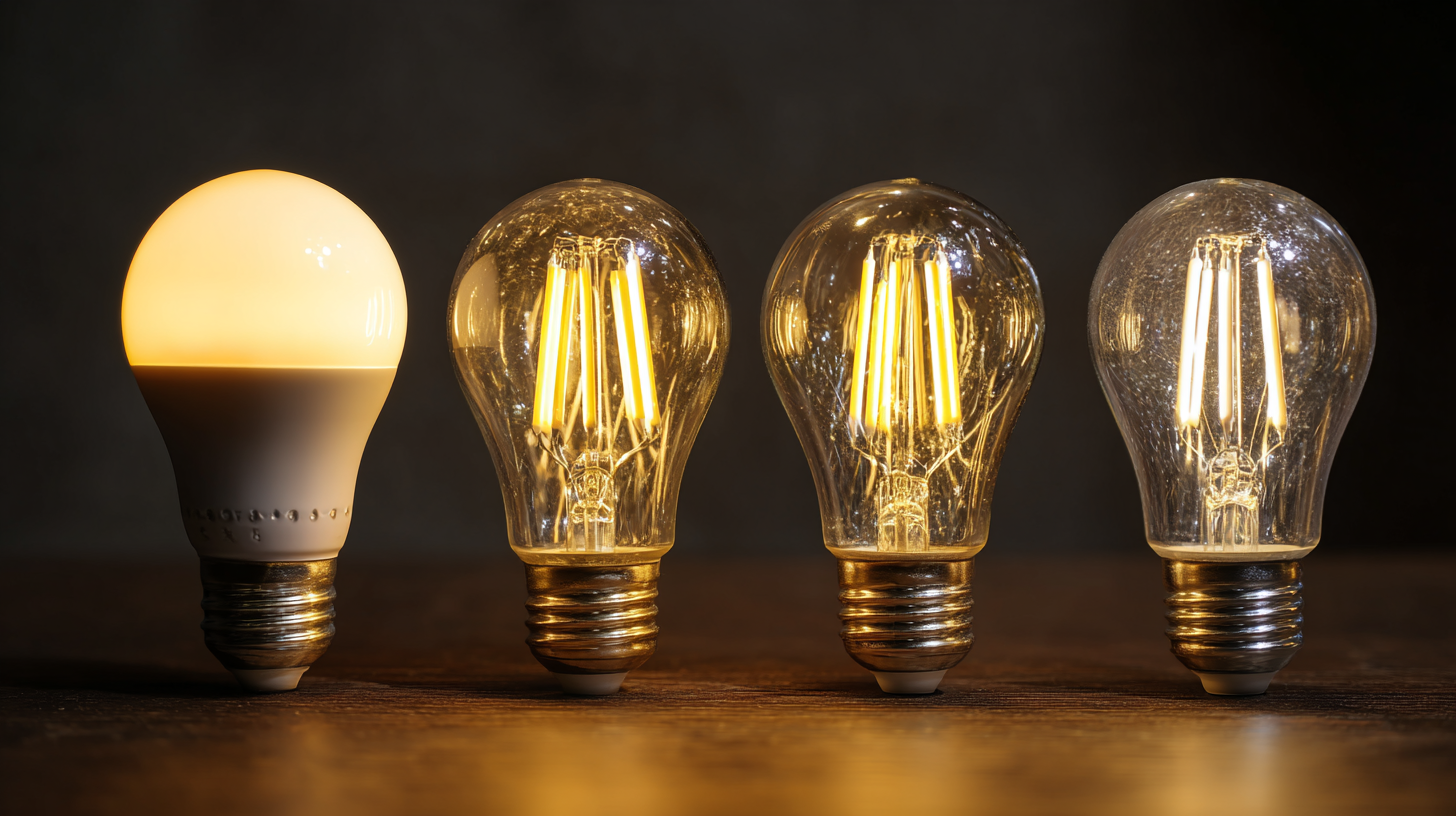
Proper installation also involves selecting the correct wattage and lumens for your specific environment. The National Electrical Manufacturers Association recommends choosing a bulb that provides adequate brightness while being energy efficient; for instance, a 10-watt dimmable LED typically offers the same brightness as a 60-watt incandescent bulb. Additionally, considering the layout of your space can influence lighting needs—placing fixtures strategically can enhance ambiance and functionality. Taking these steps will not only elevate your home’s aesthetic but also contribute to energy conservation, aligning with modern sustainability practices.
Related Posts
-

Explore the Benefits of Switching to Energy Efficient LED Light Bulbs Today
-

Maximizing Cost Efficiency with LED Light Bulbs Through Smart Maintenance Strategies
-
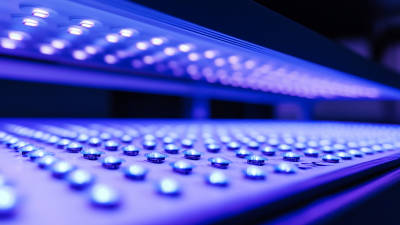
7 Essential Factors to Consider When Choosing Led Light Fixtures for Your Business
-

Advantageous Features of Embracing Led Bulbs for Sustainable Lighting Solutions
-
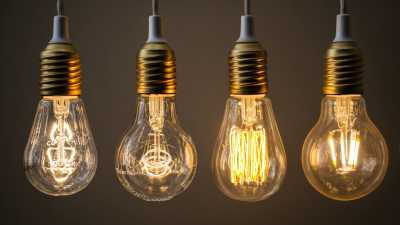
Innovative Applications of Dimmable LED Bulbs: Transform Your Space Efficiently
-

Mastering Your Space: A Comprehensive Guide to Selecting the Best Light Fixtures for Any Project

